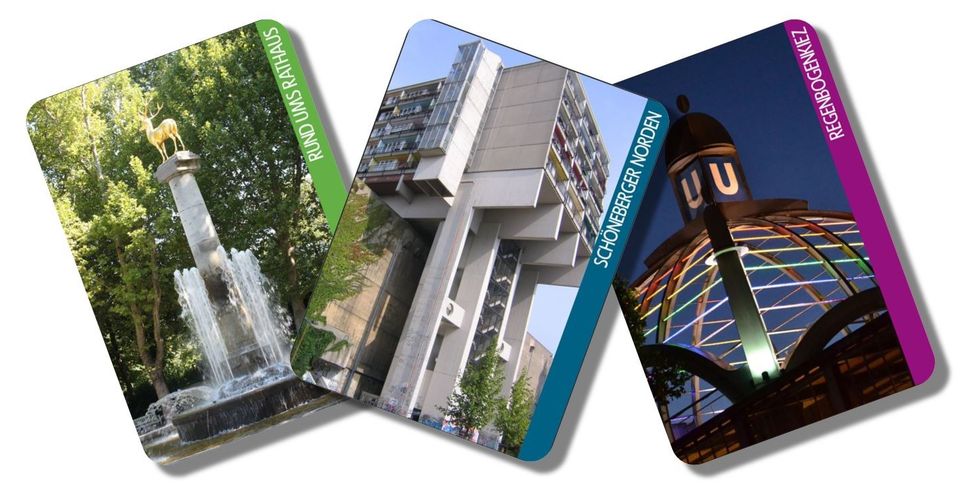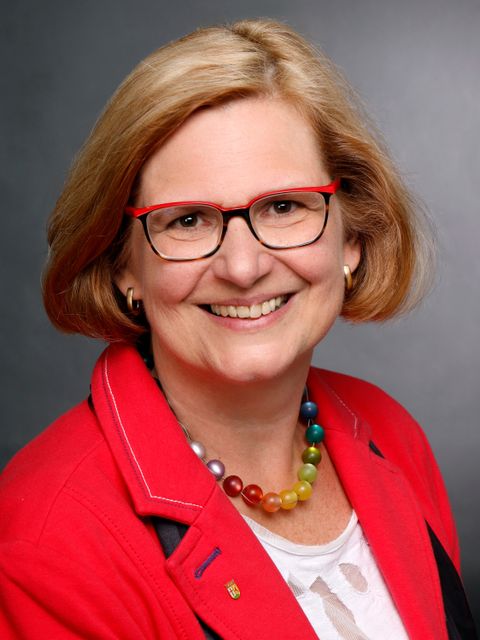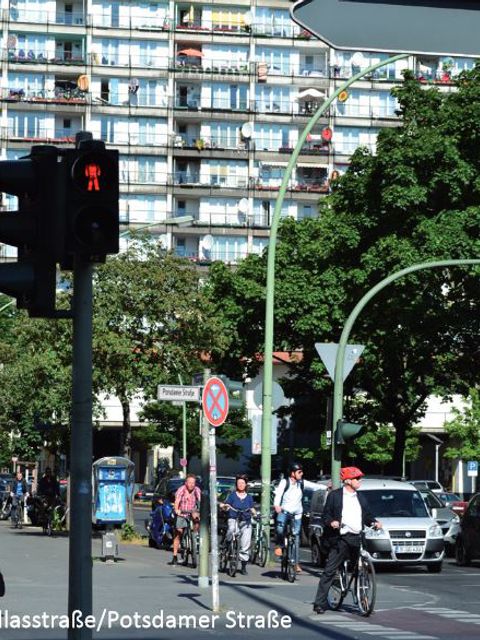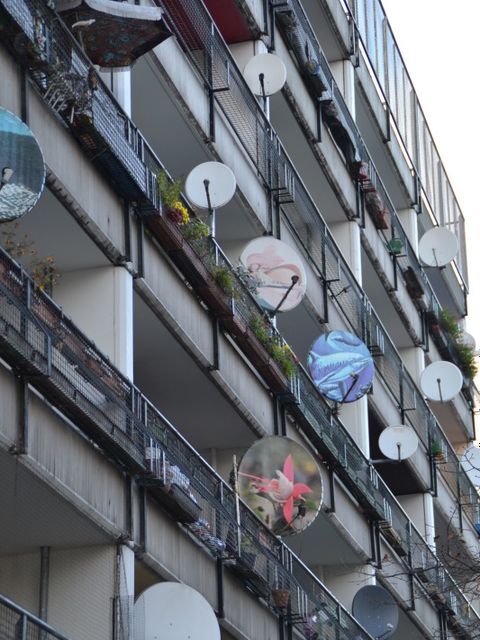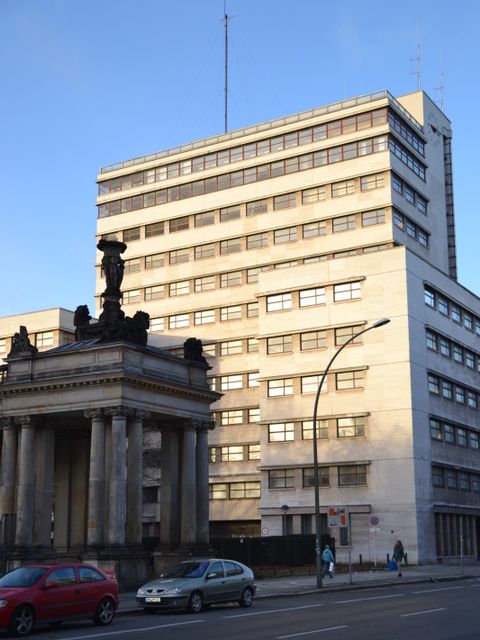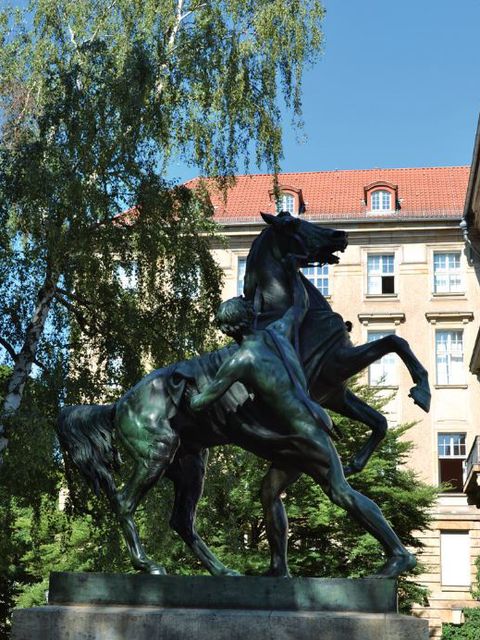Life on Potsdamer Straße was, and still is a kaleidoscope of Berlin life. Built from 1790 to 1792, it was the first fortified causeway in Prussia. From the beginning, literates and poets felt at home here: Joseph von Eichendorff, the epitome of romantic poetry, lived at different addresses on this street. In the 1920s, the rea around this lively road axis became a famous location for publishing houses and galleries. Rowohlt and Fischer, as well as famous satire magazines „Kladderadatsch“ and „Der Sturm“ were based here. After WWII, the daily newspaper „Tagesspiegel“ had its home here until 2009.
Before and after the war, the quarter was famous amongst night revellers. A red light district developed around Kurfürstenstraße and „Bülowbogen“, the area under the railroad arches. Claire Waldoff, famous chanteuse of the time and probably the first entertainer to combine a suit and bob hairstyle was admired here by Berliners during the 1920s. The artist, who openly lived in a lesbian relationship and performed in the most famous cabarets and venues in the quarter, was loved by famous Berlin caricaturist Heinrich Zille and hated by Goebbels, the infamous Nazi minister of propaganda. With the division of Berlin in 1961, the northern part of Potsdamer Straße became no-man’s land and lost its significance as a major shopping street.
As with the neighbouring district Kreuzberg, Schöneberg was also the location of street riots during the 1980s. The reason was indiscriminate redevelopment at the time, which led to the destruction of numerous historic buildings in the area. One of the epicentres of the demonstrations was Potsdamer Straße.
Today „Potse“, its nickname amongst its inhabitants, is once more a major road axis in the heart of the city. It is again becoming a popular spot for artists and galleries as well as the creative industries.


 Easy language
Easy language German Sign language
German Sign language